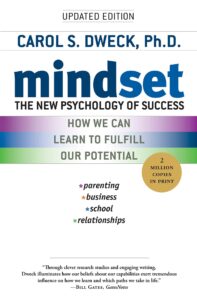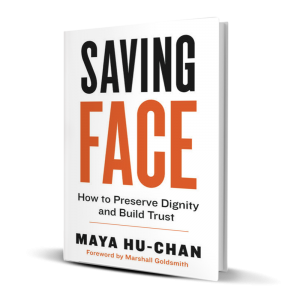For entrepreneurs, the highs are high and the lows are low. Here’s how to thrive through it all.
Recently, a group of colleagues and I discussed the familiar ups and downs of entrepreneurial life. When work is plentiful and things are going well, we’re too happily distracted to think about what may come next, which is often a slow period, and all the unease and anxiety that comes with it.
The conversation brought to mind a Chinese parable.
A farmer used an old horse in his fields. One day, the horse escaped into the hills. When his neighbors sympathized with the farmer over his bad luck, he replied, “Bad luck? Good luck? Who knows?” A week later, the horse returned — along with a herd of wild horses. What good luck, the neighbors said. “Good luck? Bad luck? Who knows,” the farmer replied. Later, as the farmer’s son attempted to tame one of the wild horses, he fell and broke his leg. What bad luck, the neighbors said. “Bad luck? Good luck? Who knows,” the farmer replied. Some weeks later, the army marched into their village. They drafted every able-bodied young person. The farmer’s son, with his broken leg, was not one of them. Good luck? Bad luck? Who knows?
The farmer’s mindset embodies the Buddhist teaching of impermanence: “This shall pass.” When dealing with the ups and downs of life, it’s a mindset that fosters resilience and hope.
Leaders and entrepreneurs can benefit from mindsets similar to that of the old farmer. This mindset helps us weather “lucky” and “unlucky” times alike. Here are some other strategies that can help us navigate the ups and downs of entrepreneurial life.
Adopt a growth mindset
 In her book Mindset, researcher Carol Dweck posits that our mindsets can shape whether we believe we are capable of learning and growth, and how we respond to challenges. Those with fixed mindsets think their talents and abilities are set in stone and incapable of evolving. Those with growth mindsets believe continuous improvement and development are not only possible, but the likely result of hard work and effort.
In her book Mindset, researcher Carol Dweck posits that our mindsets can shape whether we believe we are capable of learning and growth, and how we respond to challenges. Those with fixed mindsets think their talents and abilities are set in stone and incapable of evolving. Those with growth mindsets believe continuous improvement and development are not only possible, but the likely result of hard work and effort.
Adopting a growth mindset can help leaders through slow periods of work. People with fixed mindsets may think the slow periods are permanent, an immovable challenge and an indictment of their skills and worth. A growth mindset helps us frame those slow periods as temporary — and keeps us open to opportunities.
Evolve your work identity
A few years ago, many of us in the cross-cultural training space experienced a downturn in business. It wasn’t only my open calendar that caused me to panic — I questioned my work identity. If I wasn’t doing the work I’d built my identity around, then who was I?
I realized that I was using a fixed mindset to define my identity. By tapping into a growth mindset, I allowed myself to explore. What had I always wanted to do, if I’d just had the time? I had wanted to write a new book and publish more regularly. Instead of spending those slow months fretting over my new, temporary reality, I spent it expanding my skill set and work identity to include “author.”
Always make time to reflect
As an entrepreneur, busy times can feel invigorating and energizing. Slow periods can grant us the time and space to reflect on who we are, what we want, and what’s important. But it’s just as crucial to do the same during busy periods. If we don’t, we risk becoming overly attached to our successes, losing touch with our real wants, values, and priorities.
Reflection also allows us time to check in with our whole identities — not just our work identities. As entrepreneurs, our work identity often becomes the entirety of our personal identity. A slow period can cause an identity crisis. During the highs and lows, take time to reflect on other ways you can evolve your whole identity. Who are you outside of your work? What are other things you are passionate about?
During our discussion, my colleagues and I identified another piece of the entrepreneurial-resilience puzzle: each other. We’ve created a community of mutual support. We help one another embrace a growth mindset, reflect on what really matters, and remember that “bad luck” and “good luck” alike are temporary.
 My book, Saving Face: How to Preserve Dignity and Build Trust, illustrates how we can honor face to create positive first impressions, avoid causing others to lose face, and, most importantly, help others save face to build trust and lasting relationships inside and outside the workplace.
My book, Saving Face: How to Preserve Dignity and Build Trust, illustrates how we can honor face to create positive first impressions, avoid causing others to lose face, and, most importantly, help others save face to build trust and lasting relationships inside and outside the workplace.
This article was originally posted on Inc.com

